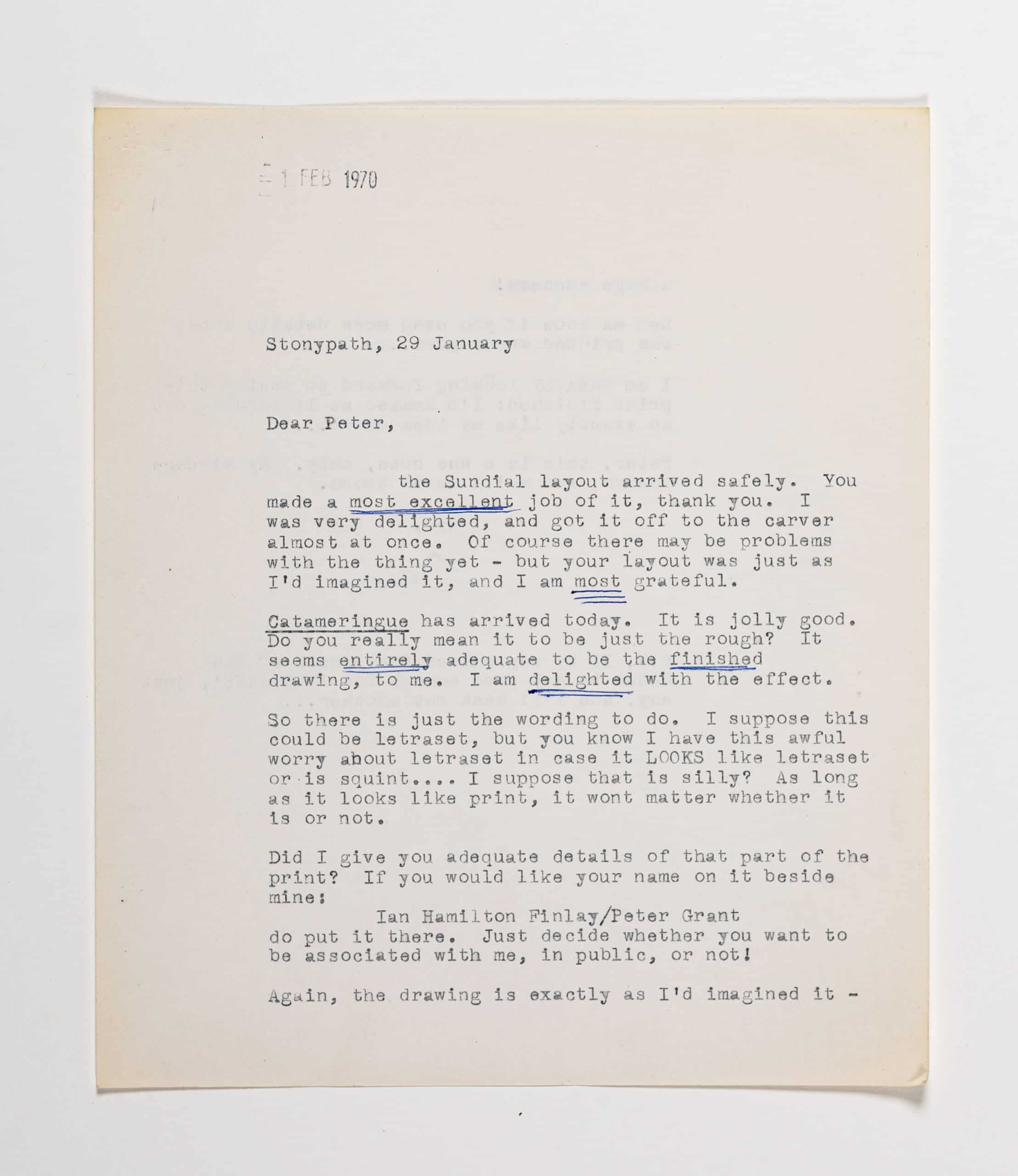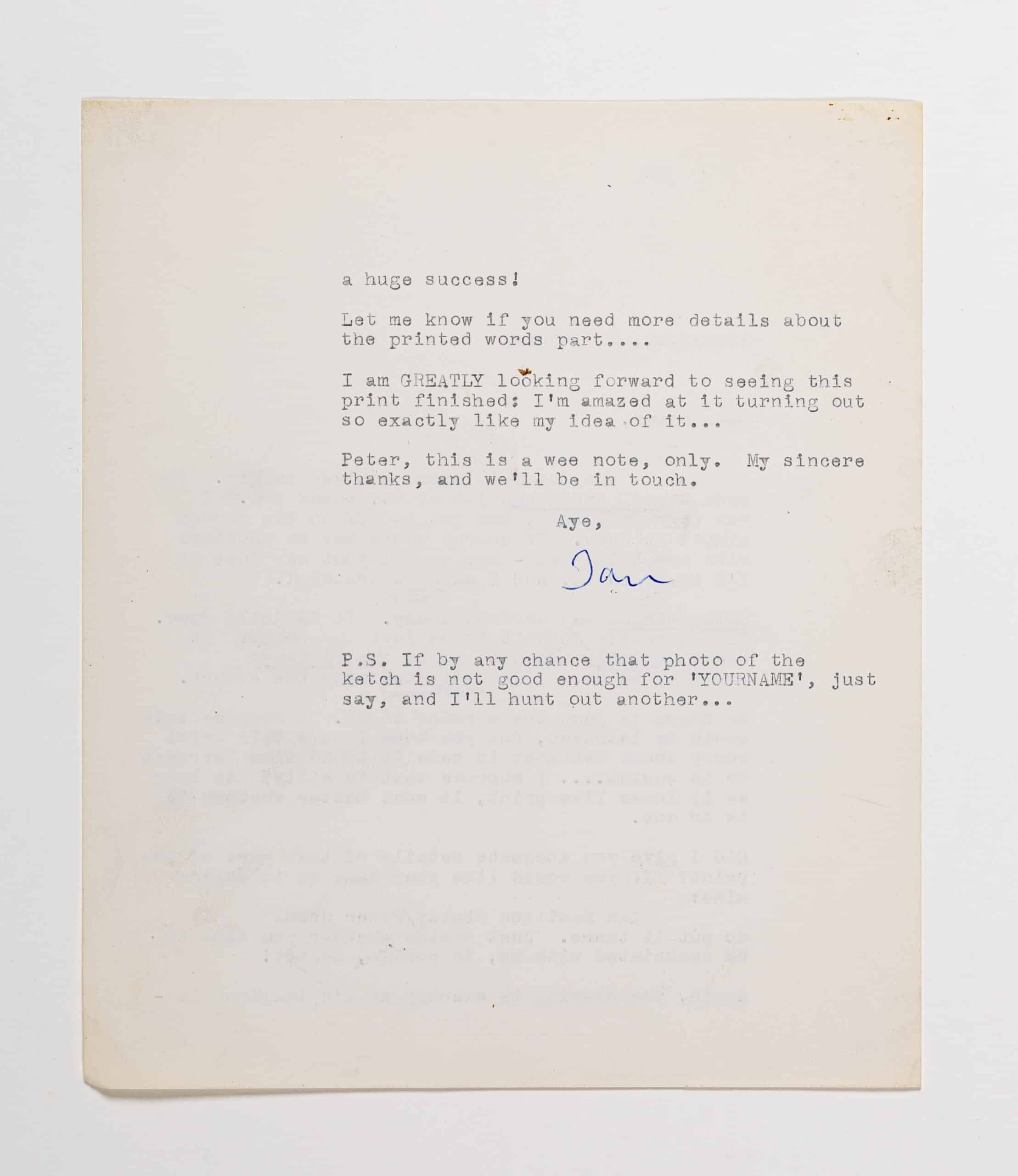Collection Guide: Ian Hamilton Finlay
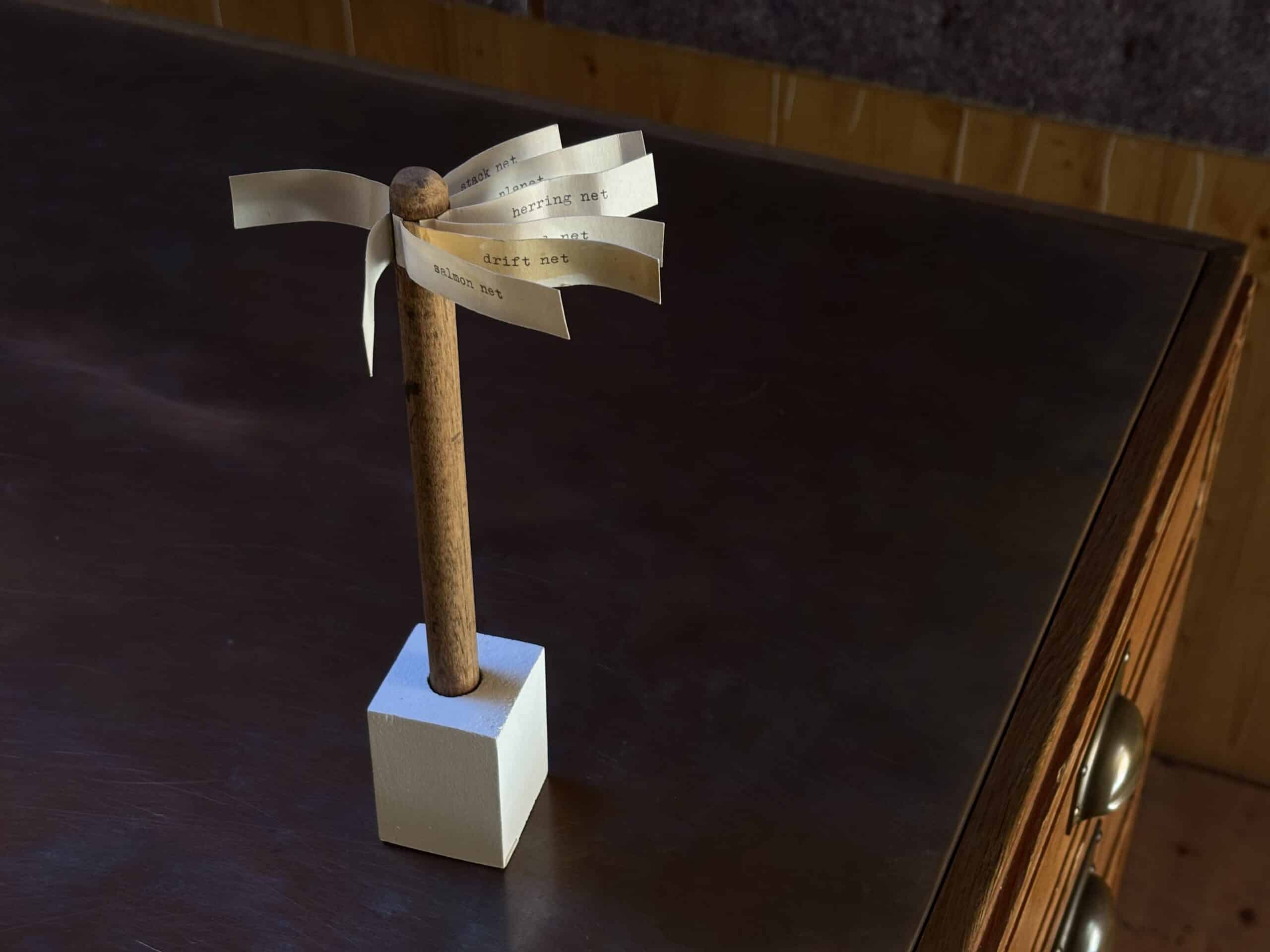
Photo: Jesper Authen.
Ian Hamilton Finlay (1925–2006) was born in Nassau, Bahamas, and educated in Scotland from the age of six. He briefly studied at the Glasgow School of Art and joined the British Army in 1942. After the war, Finlay worked as a shepherd while producing paintings, short plays and stories. He was on the shortlist for the Turner Prize in 1985 and received a CBE in 2002.
Both a poet and a visual artist, Finlay’s work incorporates wide-ranging points of reference, from the history of art and architecture, classical literature, maritime culture, to landscape and garden design. In addition to his concrete poetry, he is perhaps best known for Little Sparta (begun 1966 in collaboration with his wife Sue Finlay and later with Pia Maria Simig), a garden populated by sculpture, situated in the remote Pentland Hills, South East of Edinburgh, and the Wild Hawthorn Press, which published Finlay’s pamphlets, publications and editions of prints and cards. His other interventions include works at Max Planck Institut, Stuttgart; Stockwood Park, Luton; Schweizergarten, Vienna; the Kröller-Müller Museum, Netherlands; St George’s Churchyard, Bristol; the Serpentine Gallery; and several universities.
The collection of Finlay’s work at Drawing Matter comprises archives compiled by Christopher Mcintosh and David Thomas, and material—correspondence and drawings—by Peter Grant, one of Finlay’s many collaborators. The examples in this research guide are indications of the types of material in the archives and have been chosen for their potential interactions with other material from the Drawing Matter collection—both in the context of architecture and concerning landscape and garden design—and evidence how Finlay engaged with his collaborators. Two detailed indexes of the Finlay archives at Drawing Matter can be accessed here.
Find an extended biography here.
Selected Early Projects for Stonypath/Little Sparta
Signpost Poem, 1968
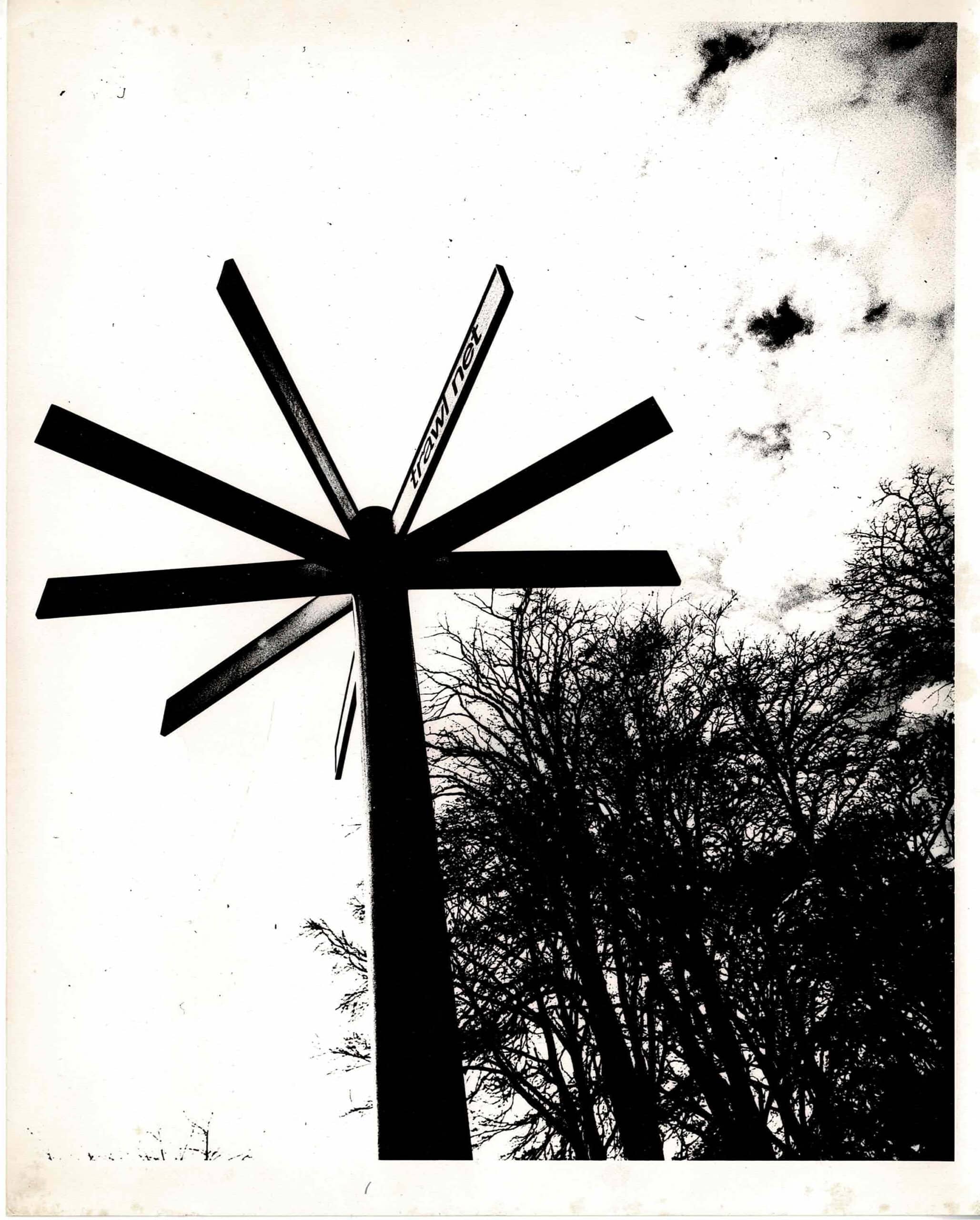
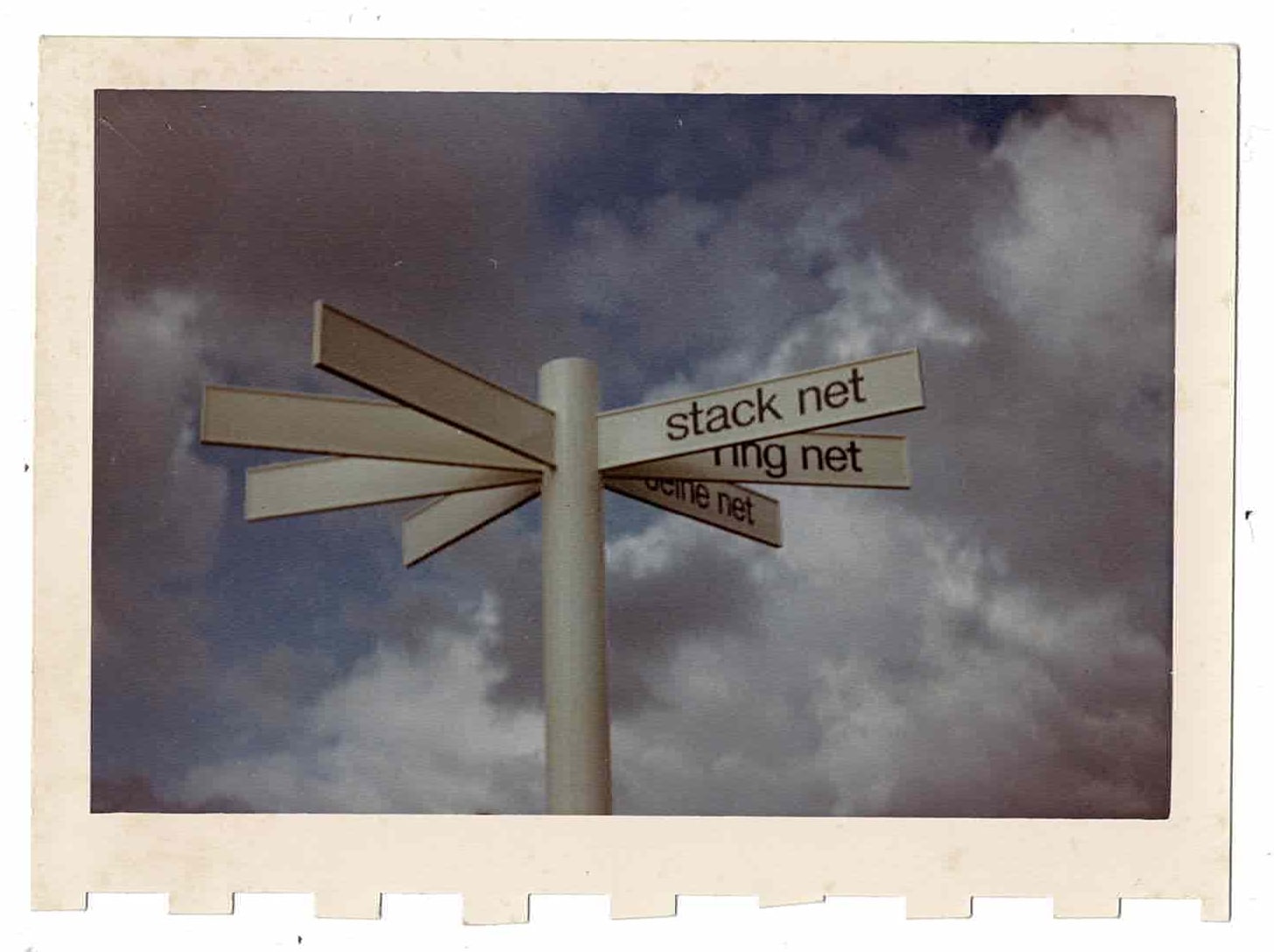

The Signpost Poem was fabricated by Peter Grant for Finlay in 1968 and installed in the garden at Stonypath. The eight sign faces read: ‘Stack net, ring net, seine net, salmon net, drift net, trawl net, herring net, planet.’ The poem was originally published in Form magazine and Finlay saw the Signpost as an ‘adaptation’ of the printed version, its form inspired by a signpost on the moor behind his house which he found ‘suggestive of space’. In an amusing letter to Finlay, Grant expresses some practical concerns about the Signpost Poem, namely that it might get damaged by the sheep of Stonypath climbing the post on their hind legs.
Miniature Water Weathercock, 1968
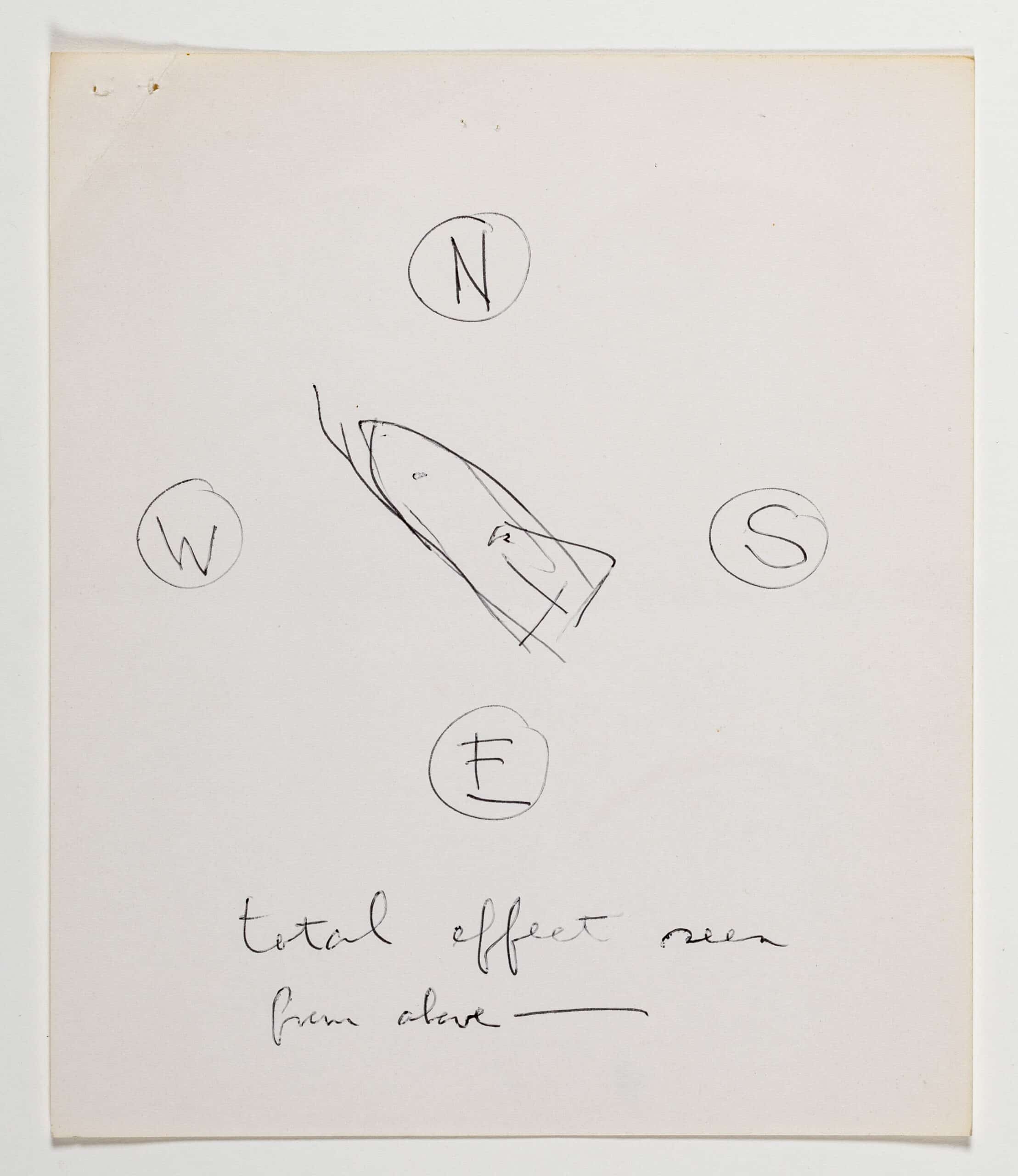
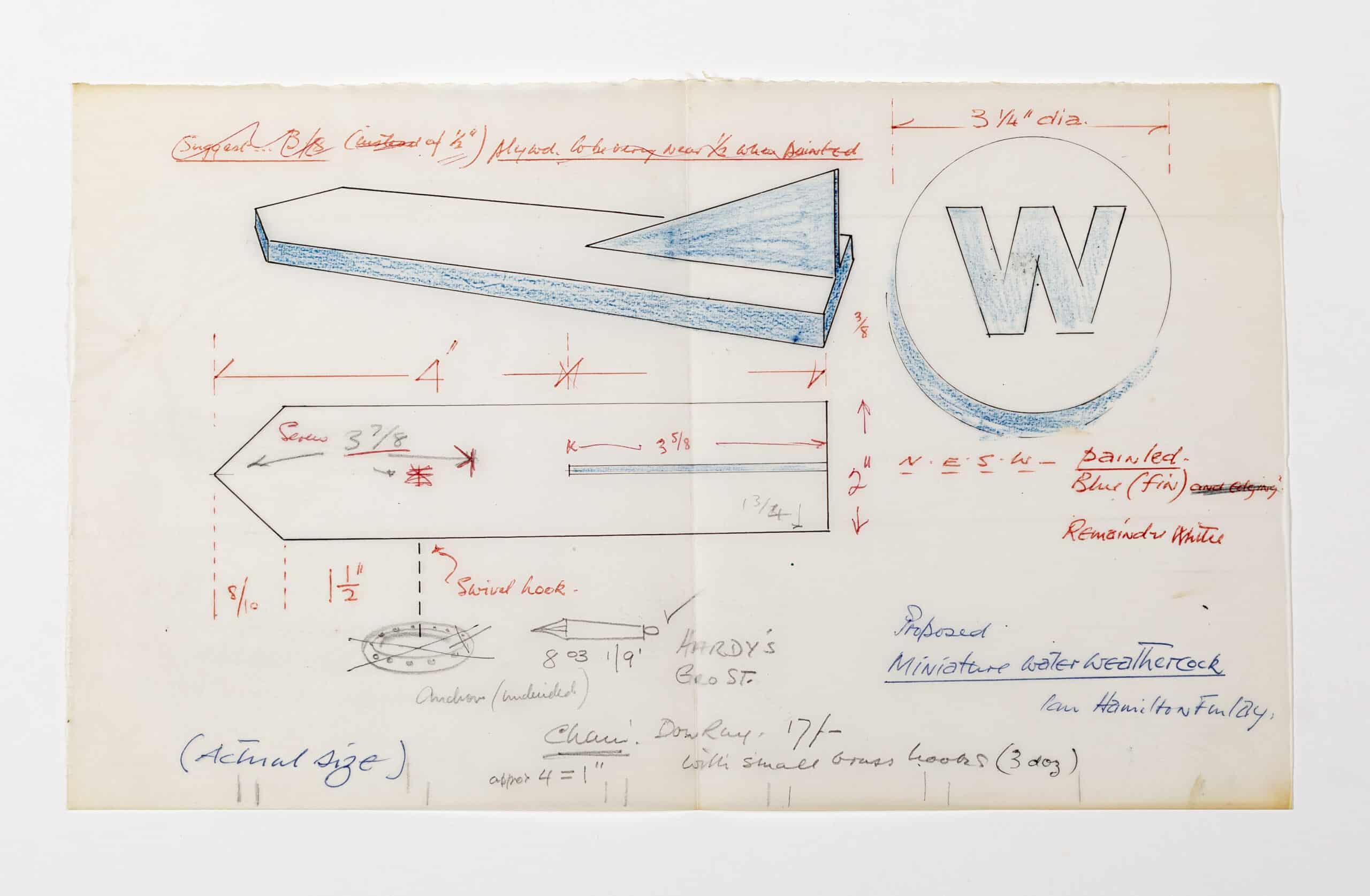
The Miniature Water Weathercock was situated in one of the ponds at Stonypath/Little Sparta, a photograph of the work can be seen on the cover of the catalogue for an exhibition of Finlay’s work at the Richard Demarco Gallery (27 November – 23 December 1969).
Poem Objects
Drawings for Starlit Waters, 1967

This sheet is for one of several ‘poem-objects’ created by Finlay in the 1960s. Each work comprises the name or PLN (Port letters and numbers) of a fishing vessel. Some of the objects, including ‘Starlit Waters’, were later wrapped in fishing or shrimp nets. The finished work is now in the Tate’s collection (T02034).
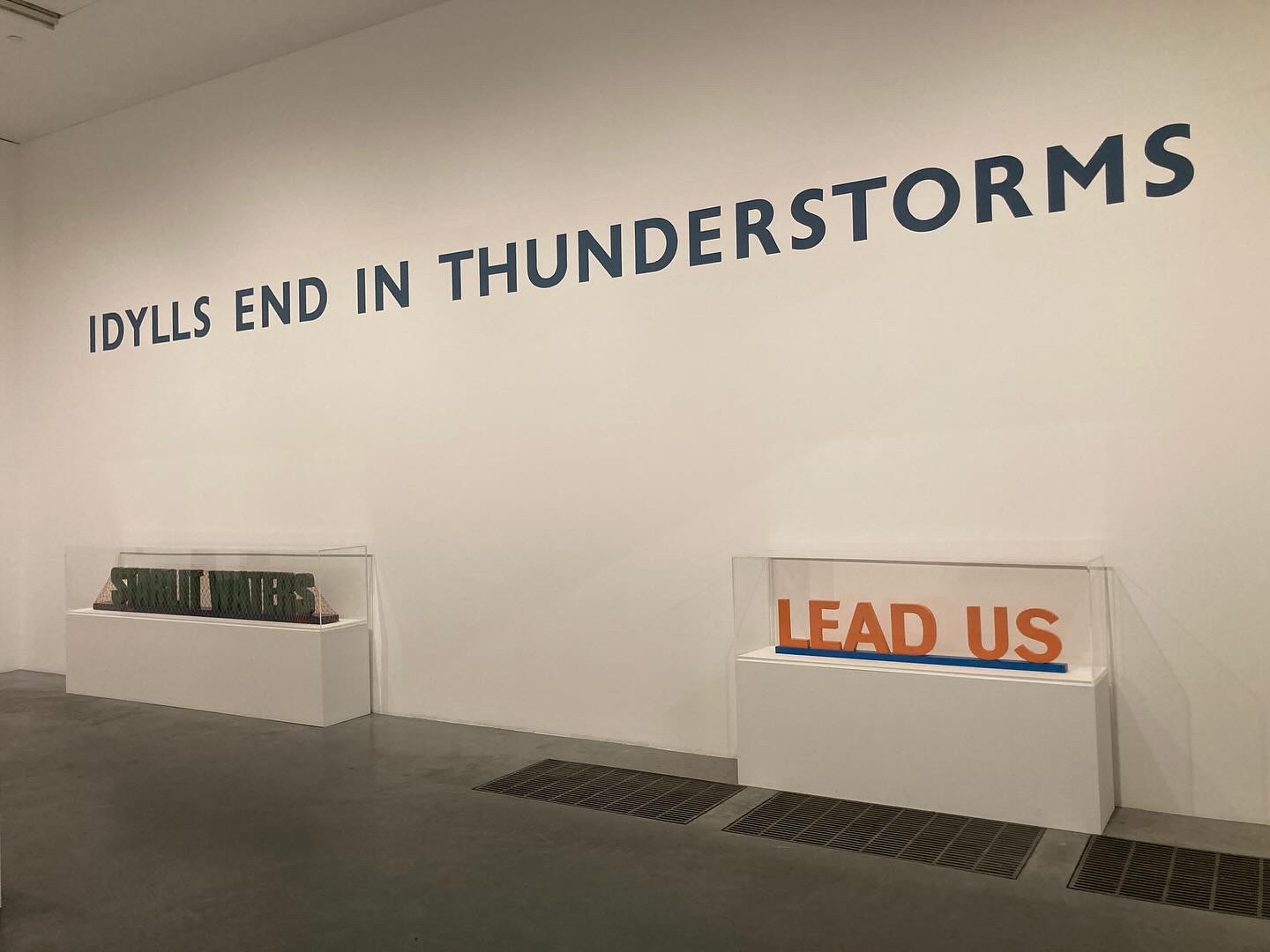
Prints, editions and multiples
HOMAGE TO MOZART, c.1970
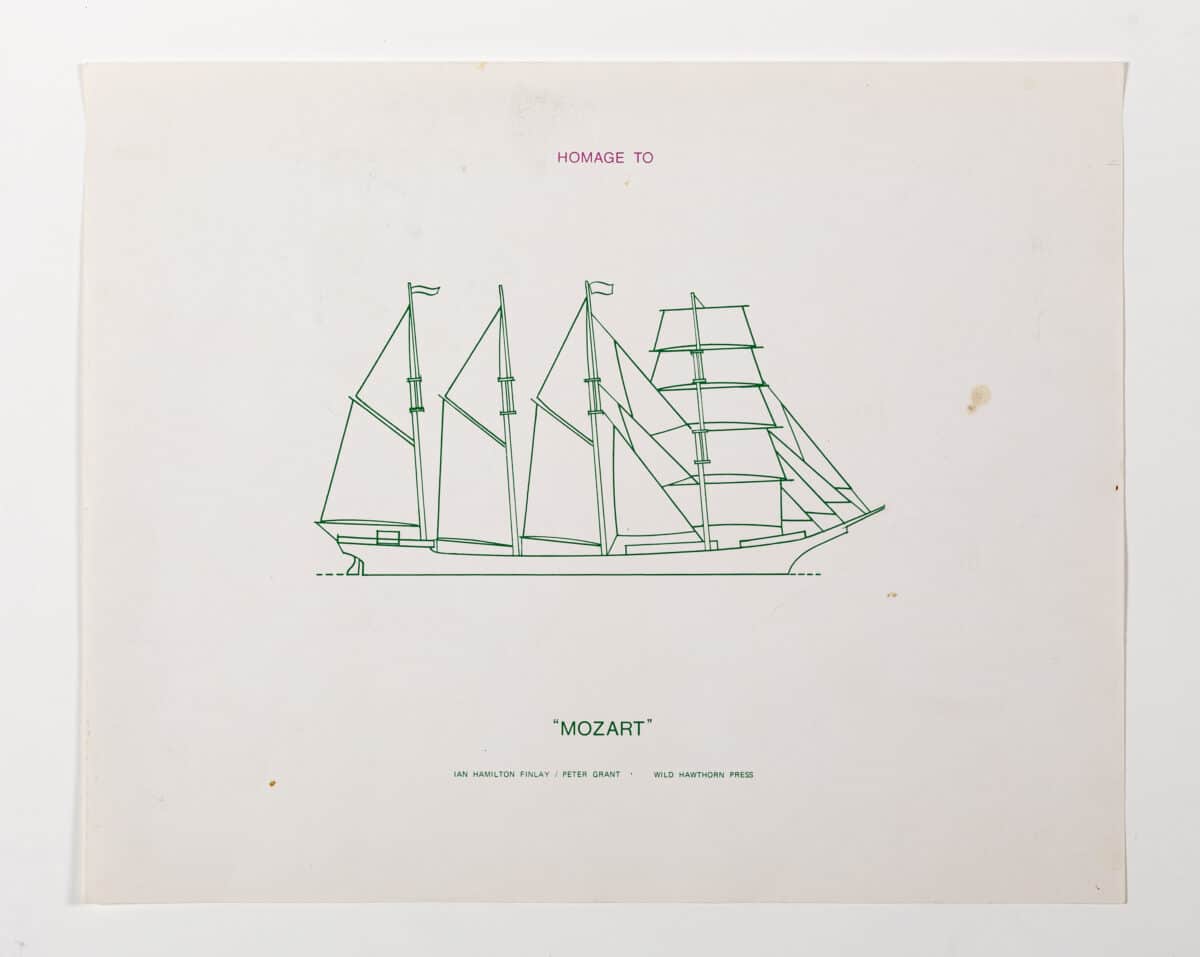
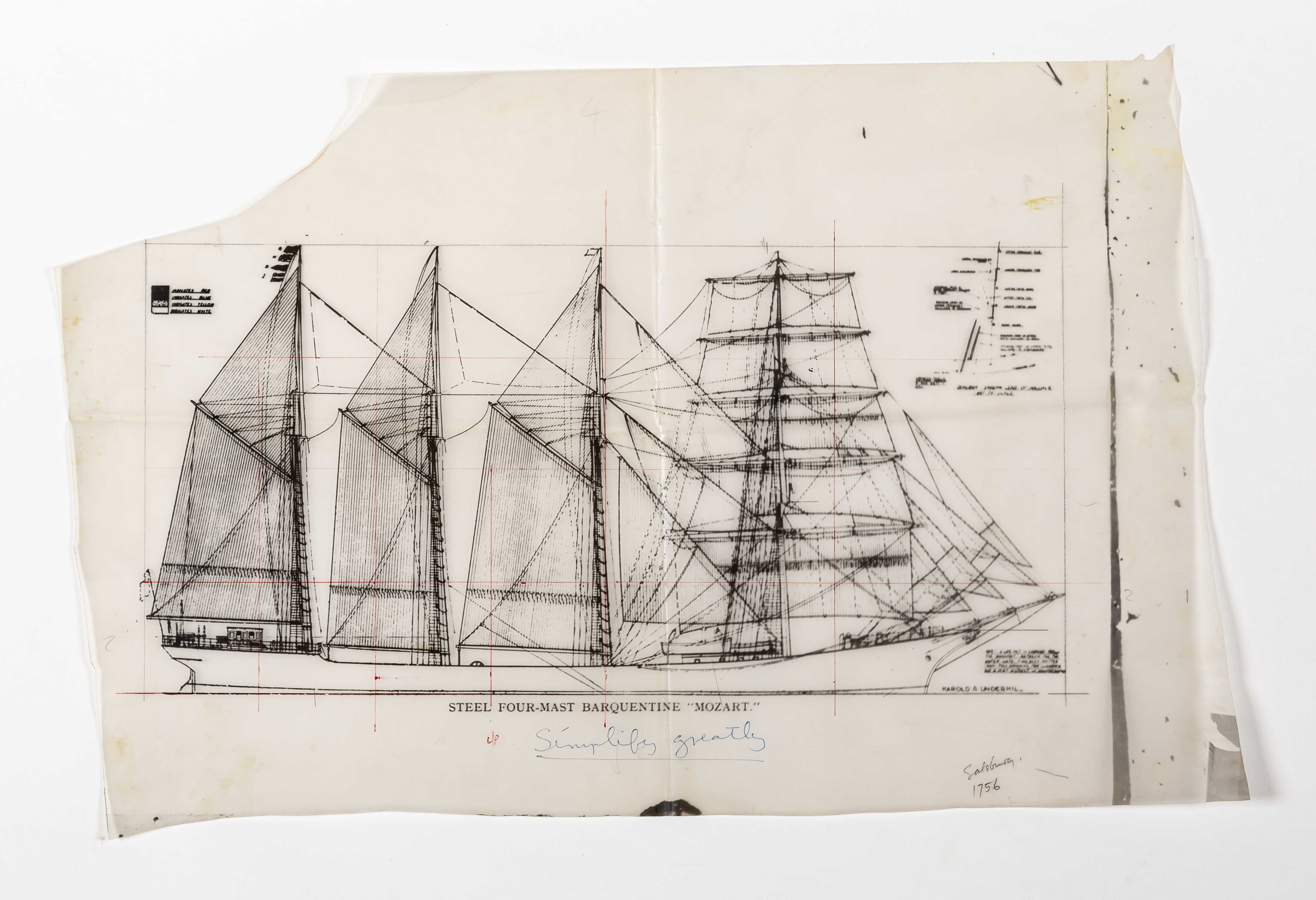
Ships and sailboats were frequent subjects for Finlay’s graphic and sculptural work. ‘Homage to Mozart’ is a silkscreen print produced with Peter Grant. Drawing Matter also holds the more complex reference image (carrying the inscription ‘simplify greatly’). Another version of the print, with a different version of the line drawing, was published as an edition of 300 in collaboration with Ron Costley in 1970.
In a letter to Grant on 26 February 1970, Finlay describes his ambition to make an image which is ‘changed, by the wording, from being just a plan, into something else’, using the words ‘Homage to’ to make the print ‘contain the idea of the boat being not just a boat but also a symbol of the composer Mozart, and of grace, orchestration, composition, and—ultimately—culture in general’.
The Blue and The Brown Poems Calendar, 1968
Published by The Jargon Society as a calendar in 1968 and designed by Herbert Rosenthal. The poems were written in 1963 and 1964 and share similar themes to the Signpost Poem.
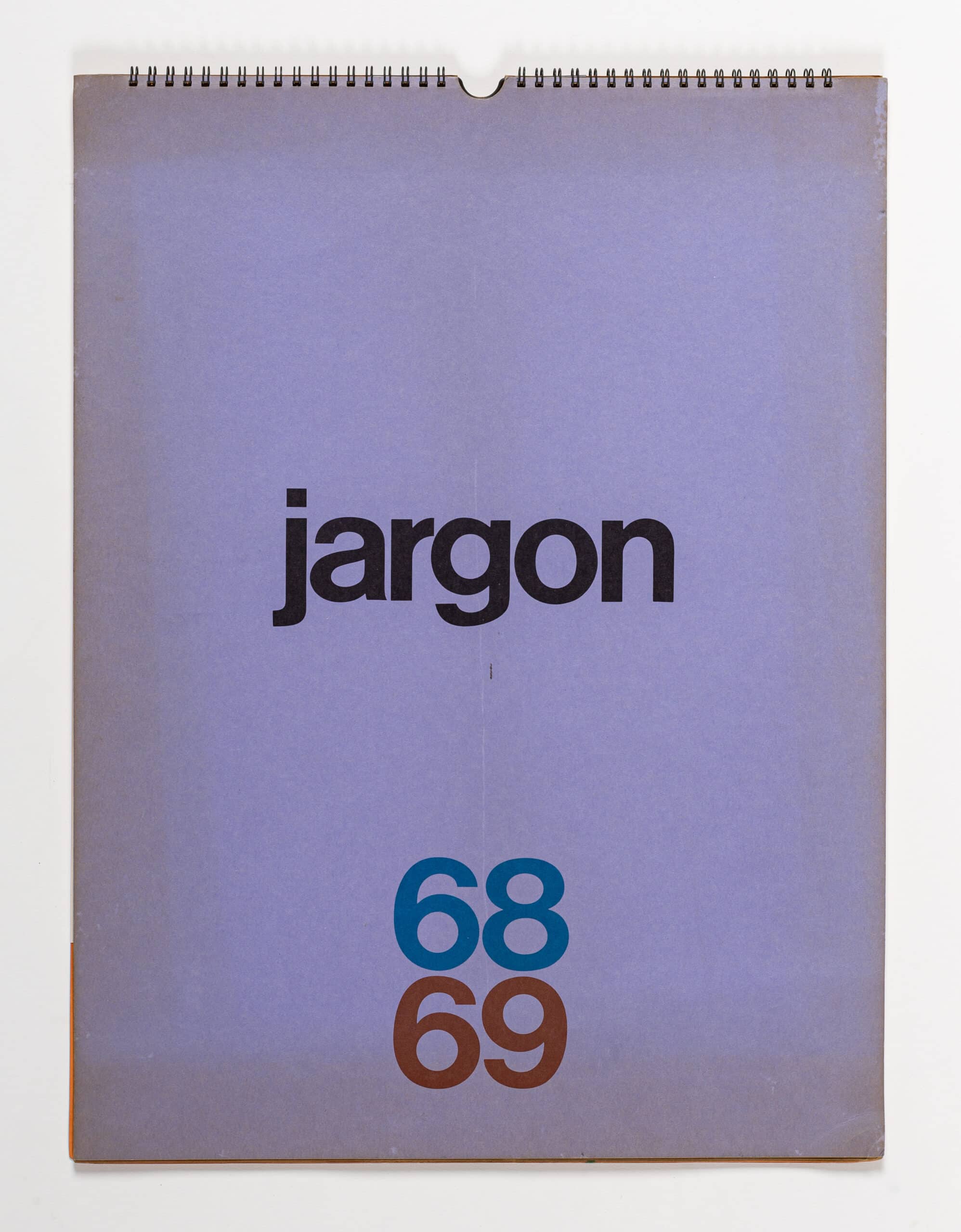
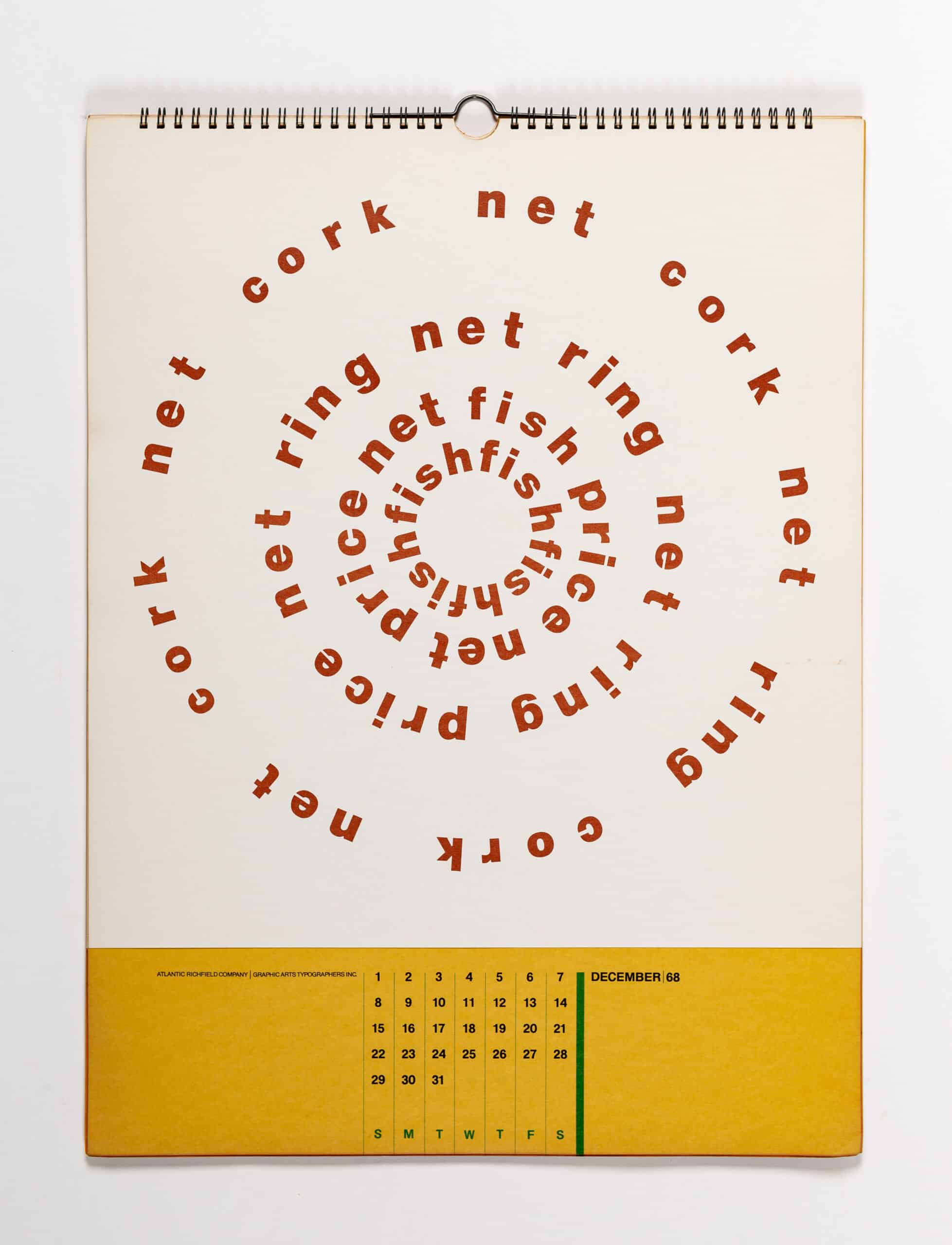
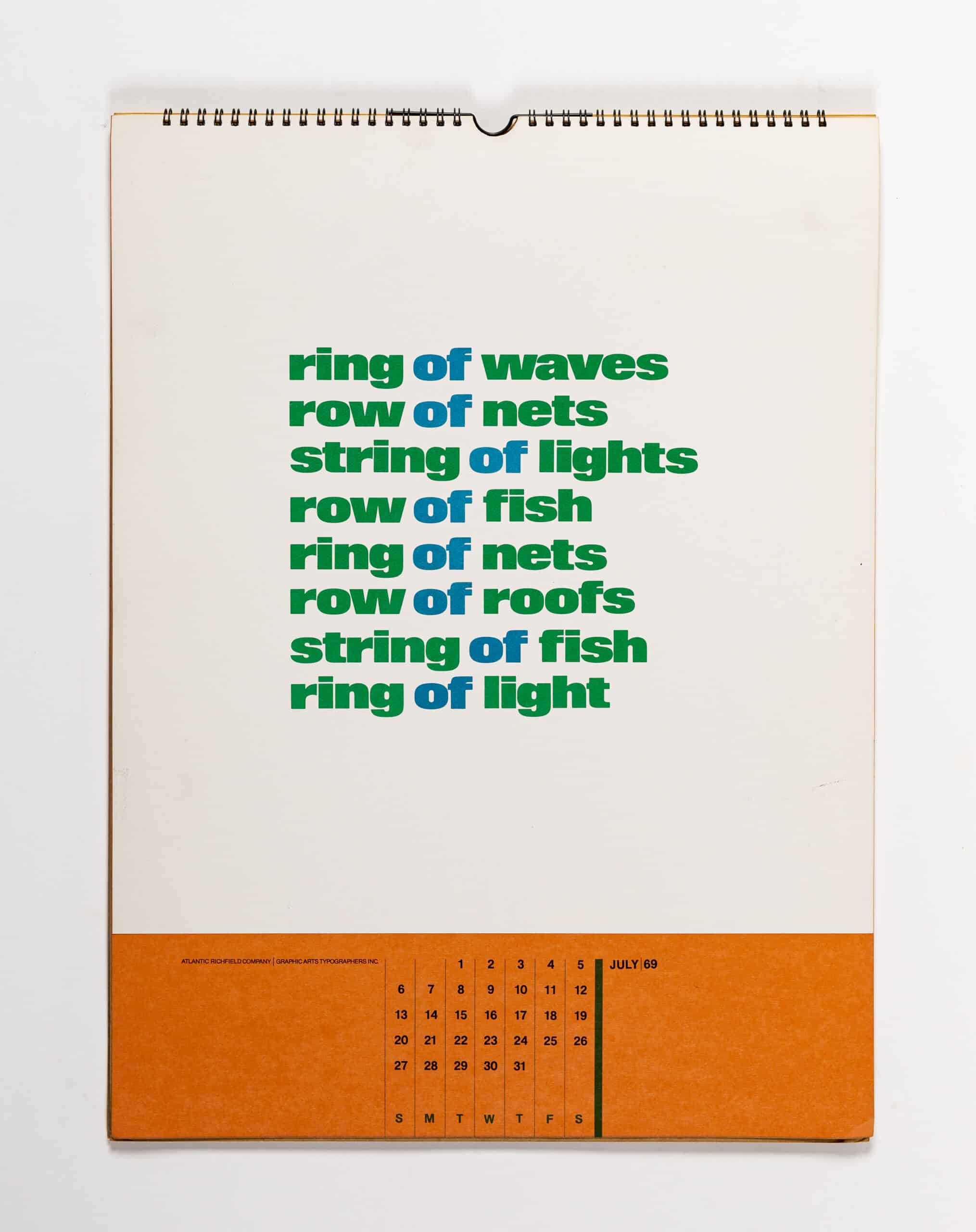
Miscellaneous SElECTION
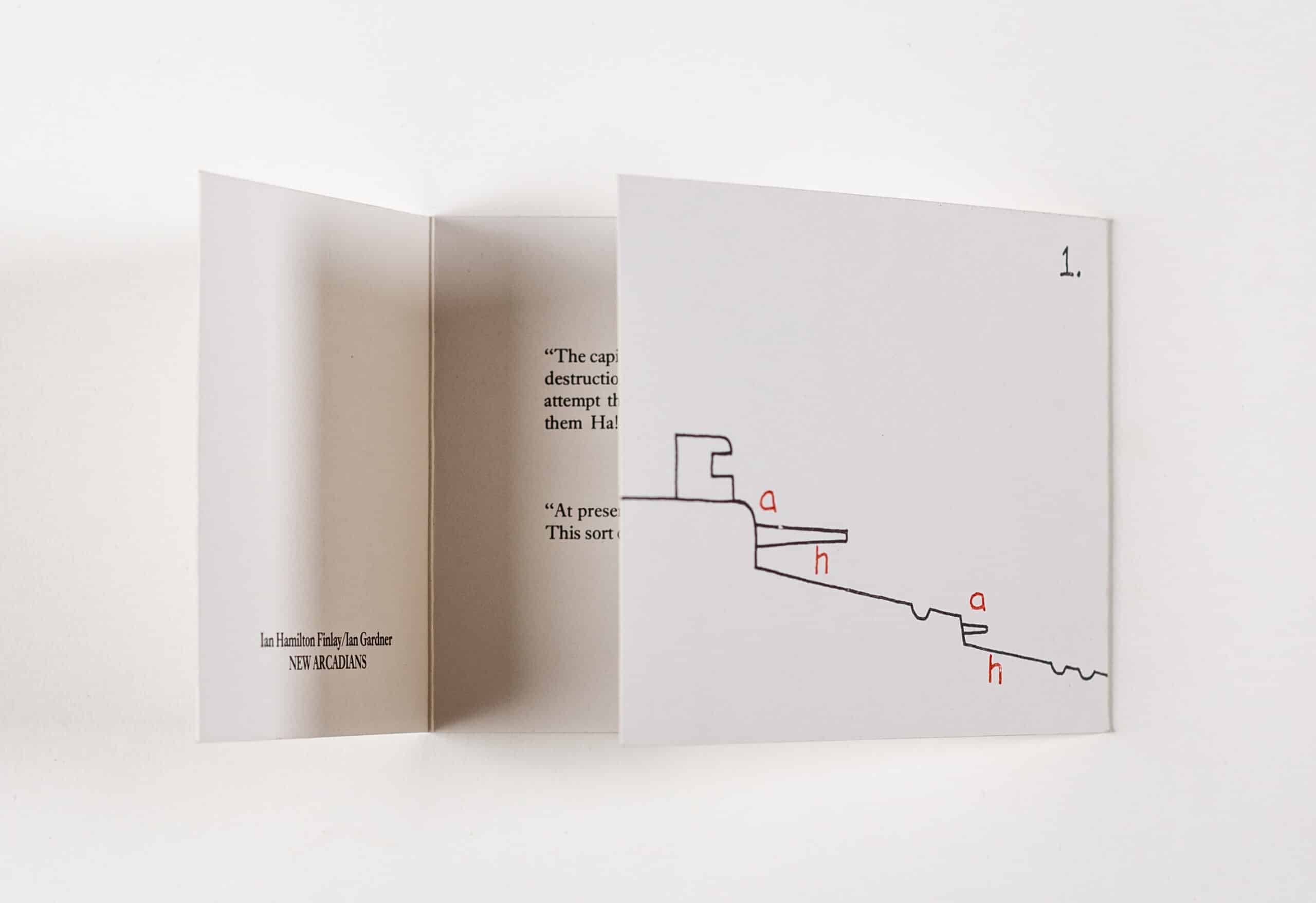


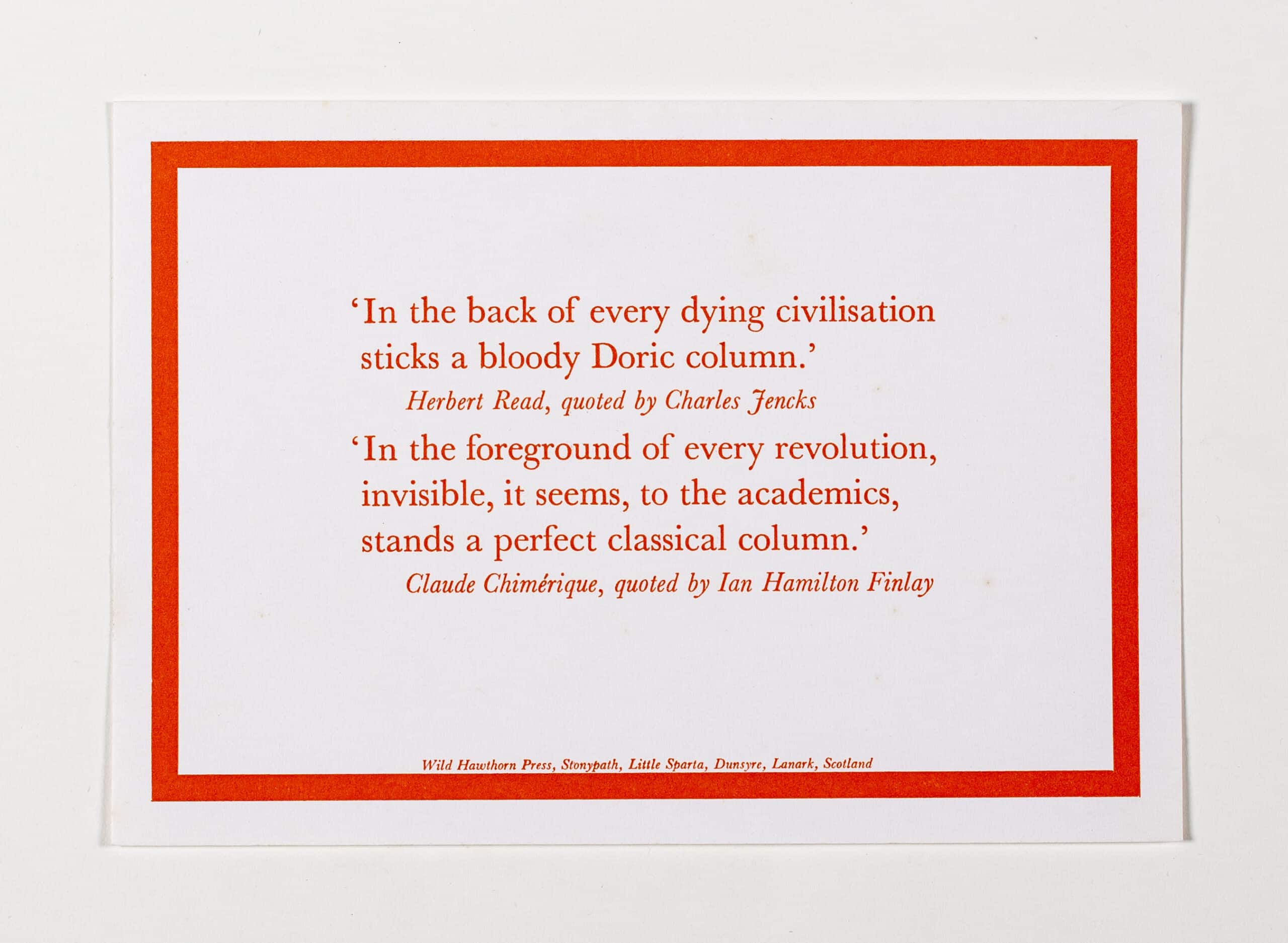
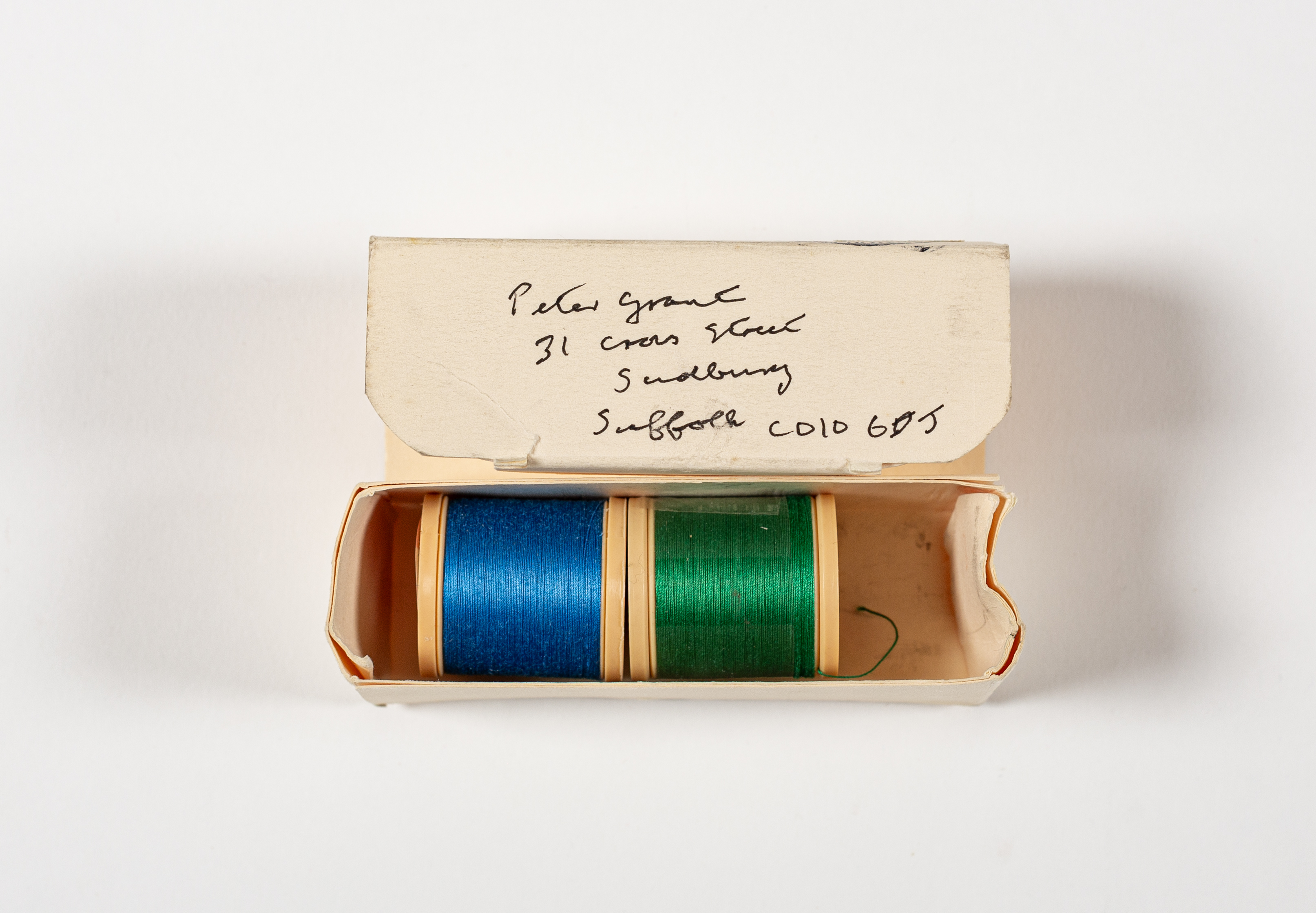
Correspondence
DMC 3862 principally contains correspondence between Grant and Finlay dating from 1968 to 1999 and covers numerous collaborations for objects at Little Sparta, graphic works and exhibition projects. See the indexes at the top of this guide for detail on the correspondence content.
